Introduction
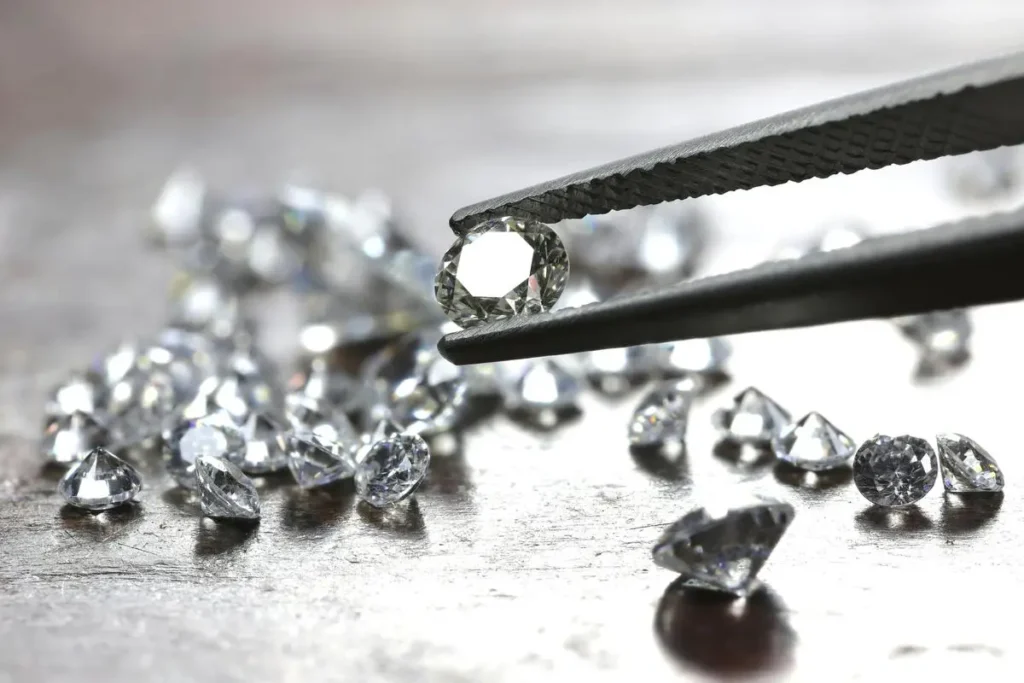
Diamonds usually take billions of years to form under the earth’s crust, and that too under immense temperature and pressure.
The process is not only very lengthy but also extremely time-consuming and expensive.
The best alternative to this is synthetic diamonds or lab-grown diamonds, which are the same as natural diamonds but do not take billions of years to form.
Today in this blog, we will be talking about all the possible aspects you should know about lab-grown diamonds and what their benefits are over natural diamonds. Let’s begin the blog.
What Are Lab-Grown Diamonds?
Lab-grown diamonds, or synthetic diamonds, are prepared in the same environment in Laboratories Under test tubes.
They are grown from single-feed diamonds under the same pressure and heat that a natural diamond goes through, but there is less time required for their formation, and that too without any mining.
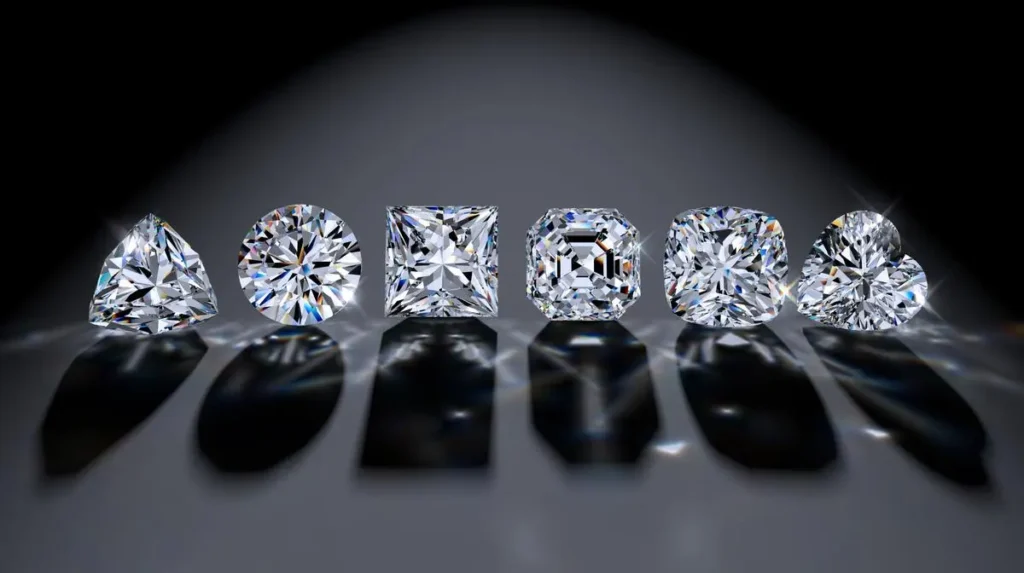
The best part about them is that they are affordable and friendly to the environment. The structural and atomic structures are the same as those of a natural diamond hence, no difference lies between them.
Even in the market today, people prefer synthetic diamonds over natural diamonds due to the price and environment, all factors it carries along with itself.
How Are Lab-Grown Diamonds Made?
These are created under the same pressure and temperature in which natural diamond is formed under the earth’s mantle.
The Diamond creation process consists of two methods that are equally effective and these are CVD ( chemical vapor deposition) and HPHT (high pressure high temperature).
In the CVD Diamond creation process, a minute slice of diamond is placed under a chamber that is filled with carbon-rich gas and has extremely high temperatures.
Within a few weeks, the carbon gas ionizes The Diamond slice and forms complete Diamond crystals within the correct circumstances.
Coming to HPHT pure carbon is pressed under a metal cube which is exposed to immense heat and pressure that matches to earth’s mantle environment and unthistes, the carbon breaks down into the crystals of newly formed diamonds.
Can Lab diamonds crack?
No lab-grown diamonds have the same hardness as mined diamonds, as they have the same atomic structure. Carbon is the main element in both mined and lab-grown diamonds.
They are very strong and durable and they are brittle minerals. But he can’t just crack.
This requires mechanical action on the stone. If a crack in the rock came to the surface, a chip could form when it hit a hard surface.
They have 10/10 hardness and will not degrade over time as long as they are protected from external factors.
Do Lab diamonds fade?
Lab-grown diamonds are similar to mined diamonds because these are made in the lab, which allows the scientist to ensure that no impurities are included in the manufacturing process and that the amount of pressure and heat applied is carefully controlled.
Both are made from carbon and share the same chemical and physical properties.
Some diamonds that are made in the lab may fade because this will happen only if the quality of that diamond is cheap and low.
How long will Lab diamonds last?
We know that diamonds are forever, and natural-grown diamonds certainly live up to their reputation. With the same level of hardness, toughness, and stability as natural stones.
The Lab-created diamond is an heirloom-quality diamond stimulant. This means that a lab-created diamond will last a lifetime and beyond as long as they are cared for properly.
This includes cleaning your ring regularly and protecting it from chemicals and lotions.
Is Lab-created jewelry fake?
As we know, lab-created diamonds have the same physical, chemical, and optical properties as their natural counterparts. Since lab-grown diamonds are essentially the same as natural diamonds, they have the same properties, like hardness.
Both lab-grown and natural diamonds rank at 10 on the Mohs scale. Due to these properties, lab-created jewelry is not fake it is as real as wearing a natural diamond.
Quality and Characteristics of Lab-Grown Diamonds
The lab diamonds are created under a controlled environment, unlike natural ones, so there is much more clarity in lab-grown diamonds than diamond diamonds.
Still, they have some inclusions due to high pressure and temperature which can be identified and we can differentiate between natural and synthetic diamonds easily.
The diamonds which are created using the HPHT process contain some residue due to the high temperature they have gone through while on the other hand, the CVD-processed diamonds may contain some amount of graphite in them in the form of black spots due to the immense carbon ionization it has gone through.
Ethical and Environmental Considerations
The lab-grown diamonds are ethical alternatives to natural diamond which requires lots of effort as well and the environment is being harmed while taking it out using the entire mining process.
To have sustainable jewelry made of diamonds lab-grown diamonds are an alternative, as they are prepared within weeks and do not require so much of natural resources as Natural Diamond does.
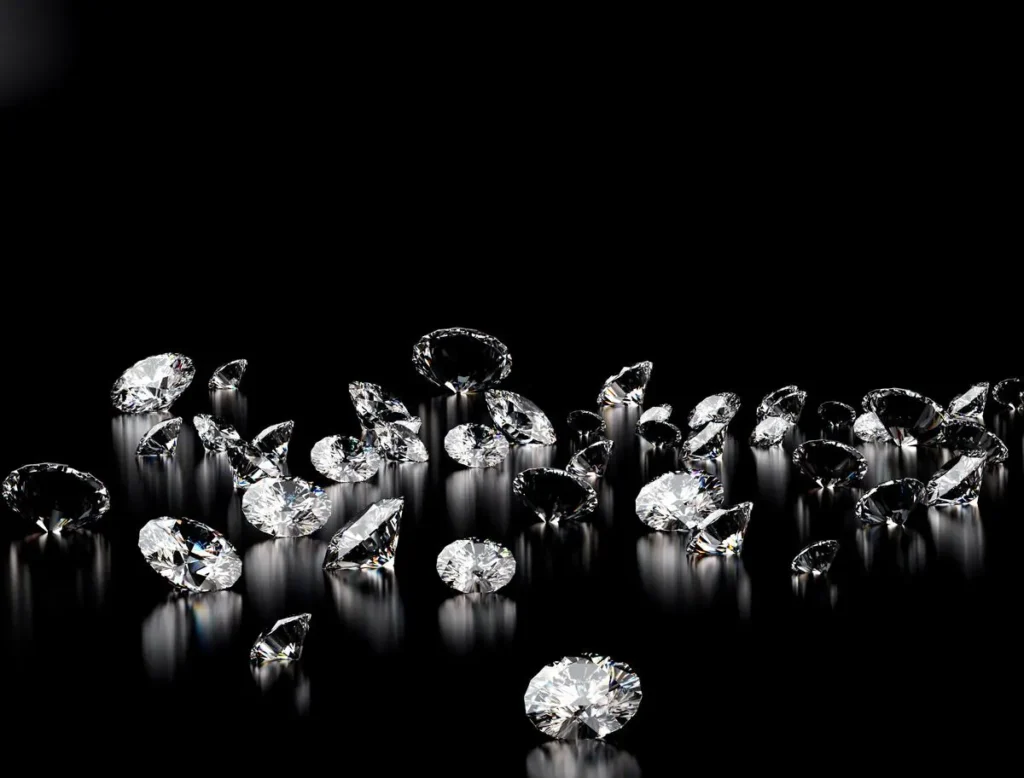
There is another factor and the most important one is the price comparison between both natural and lab-grown diamonds and we can easily say that these are quite affordable when compared to natural diamonds.
Benefits of Choosing Lab-Grown Diamonds
Today people are choosing lab-grown diamonds over natural diamonds for several reasons that do make sense when we compare natural and synthetic diamonds together. Some of the major points are mentioned below:
- Lab Diamonds are 10 times cheaper than natural diamonds with no compromise on the quality and structure.
- They are formed under the same pressure and temperature which matches the earth’s temperature and pressure applied to a natural diamond.
- They have more clarity than natural diamonds.
- Lab-grown Diamonds Are of almost no harm to the environment whereas Natural diamonds need an entire mining process to be taken out of the earth.
Lab-Grown Diamonds in Jewelry
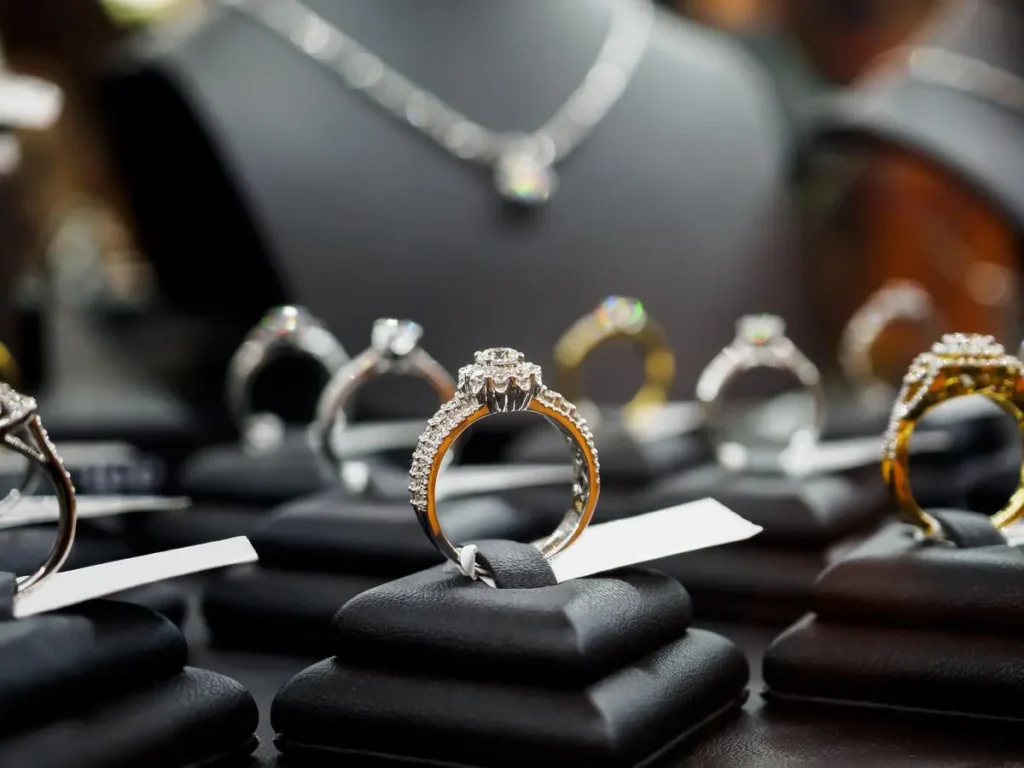
Today lab-grown diamonds are easily used in jewelry pieces as compared to natural ones because of different colors and cuttings that are easily available in lab-grown diamonds but are difficult to find in natural diamonds.
Diamonds in fashion are of different types and most of them are different from one another because of the jewelry they are put into.
Another important factor why people go for lab-grown Diamonds is the price when it is compared to natural diamonds.
These are easily affordable and are 10 times cheaper than natural ones especially when you go for colored gemstones.
Resale Value of Lab-grown Diamonds
While purchasing lab-grown diamonds the very first question that comes to your mind is will they hold the same value as Natural Diamond?
The answer to this question is yes lab-grown diamonds hold the same value as natural diamonds because they are the same at the atomic and structural level.
Lab-created Diamonds hold value for their durability and hardness which is a very important factor for a diamond.
The other important factor is clarity and inclusions which are way less than natural diamonds.
So you can be assured that the Diamond you are purchasing holds the same value as a Natural diamond.
Conclusion
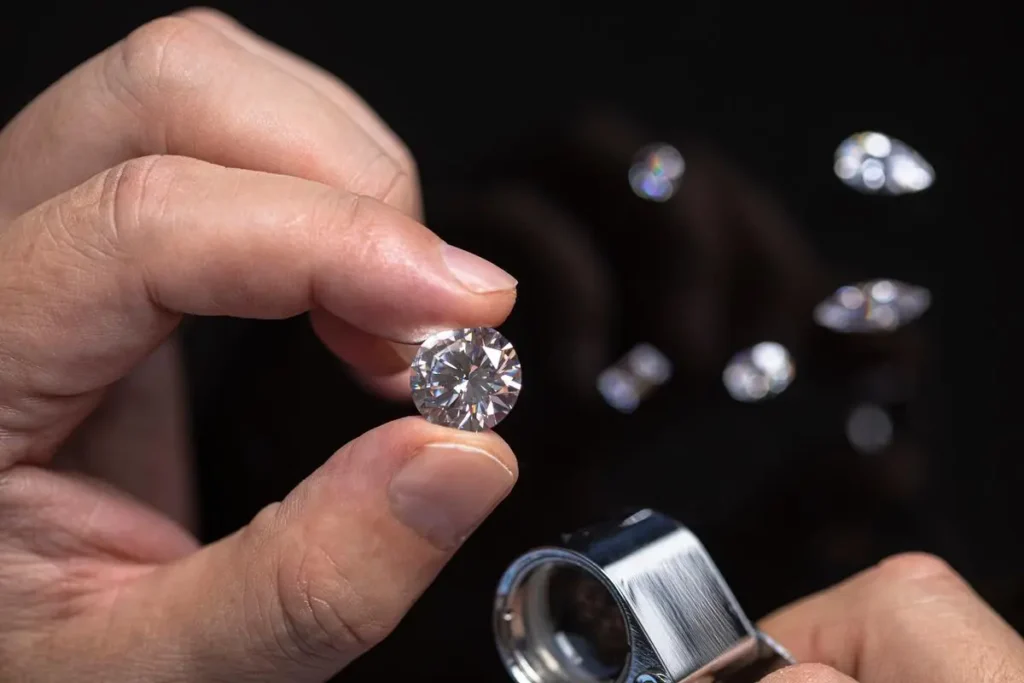
We are living in an environment where human need has almost turned into greed.
To just get a small piece of stone to fulfill our desire we end up harming the entire environment.
Luckily due to technology, we have a great alternative to natural diamonds without compromising on their purity and quality.
Synthetic diamonds and lab-created diamonds are one of the ways to save our environment and Ecosystem from harmful chemicals that come out while mining and destruction which is caused on the other hand.
So if you are opting for jewelry pieces for you it is always safe to go for lab-grown diamonds because they are way cheaper than natural diamonds. The best part is you do not compromise on its value and purity.
